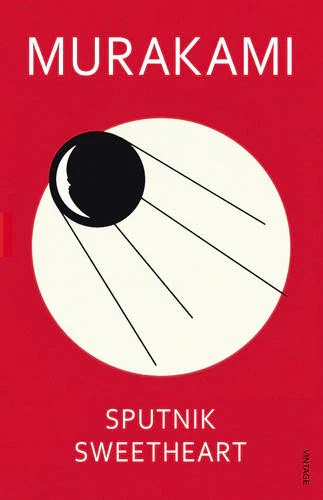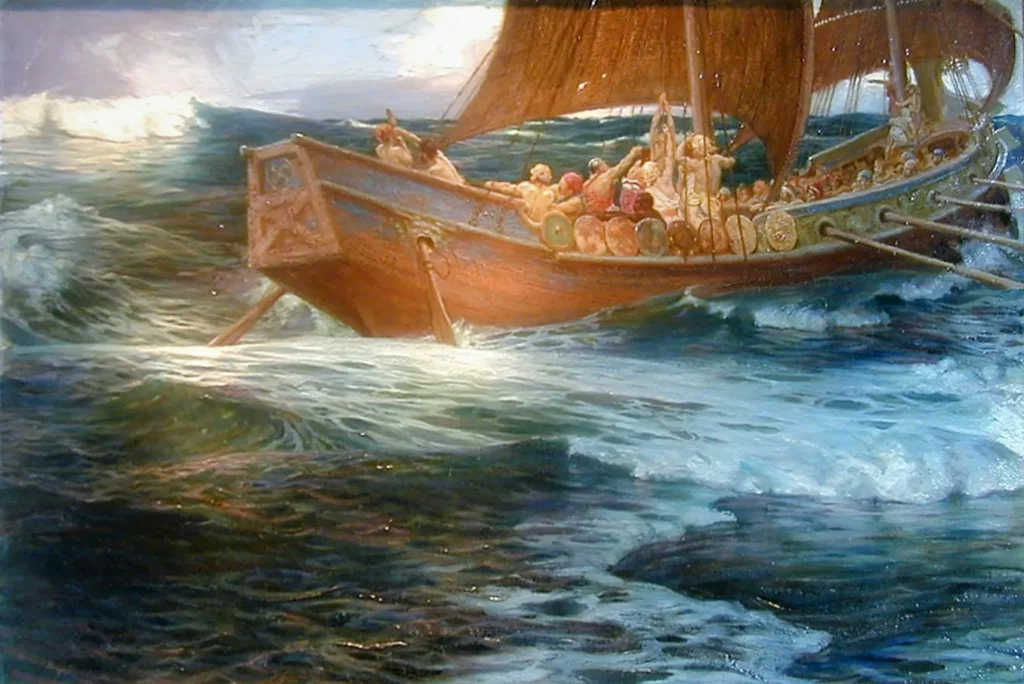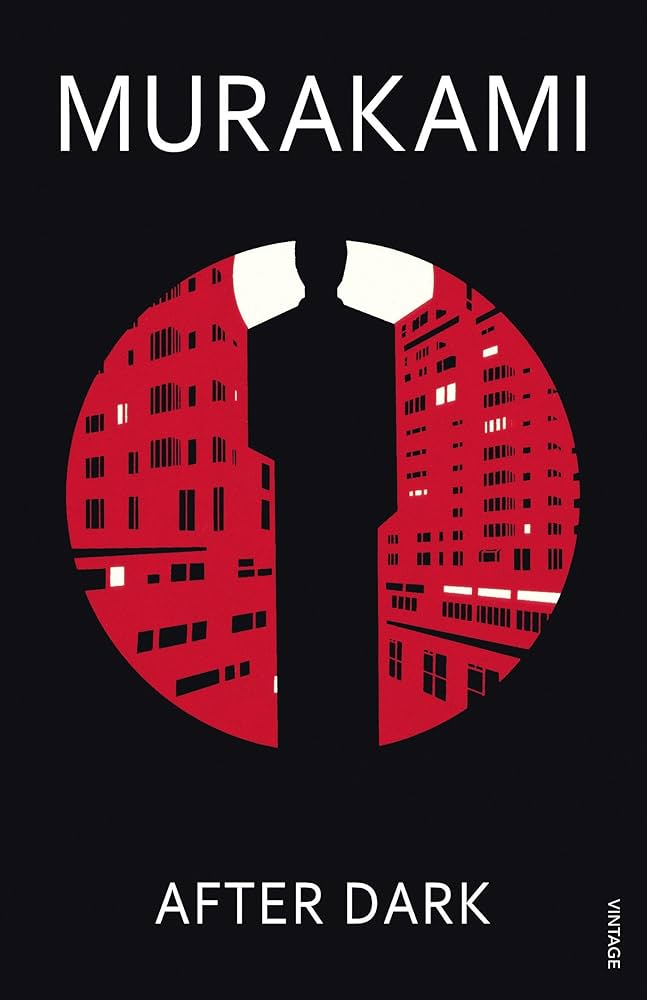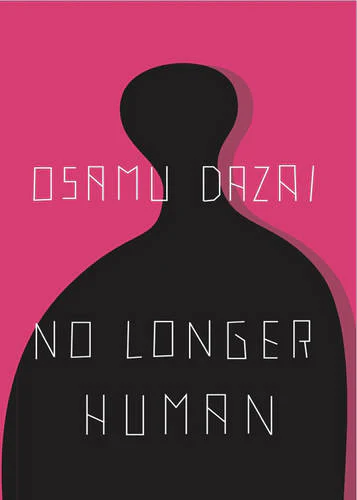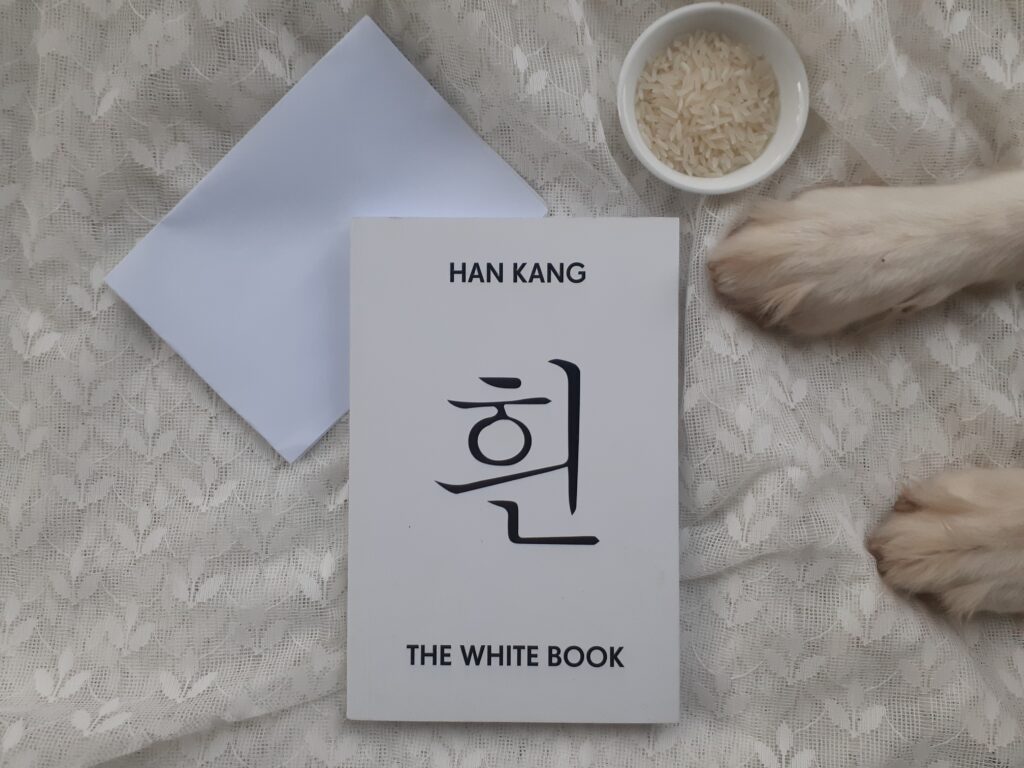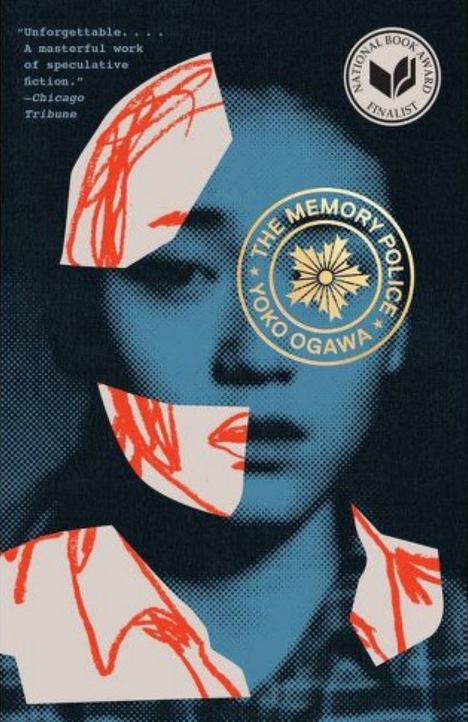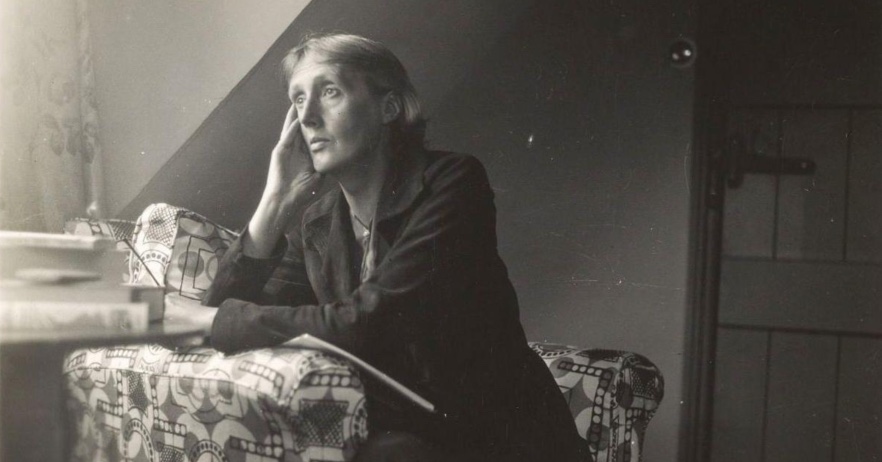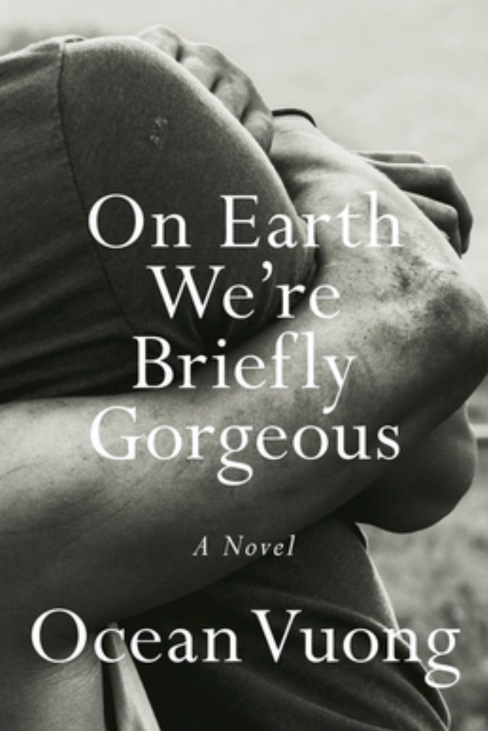唐詩 : Poems from the Tang Dynasty
by
Marcus Yeoh
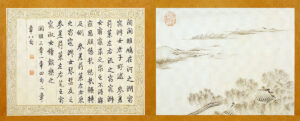
Each dynasty in Ancient China marked alternating periods of unity; each dynasty was unique, thus leaving behind a wide range of unique artifacts that chart the historical development of the country. The Tang Dynasty is well remembered for the era’s contributions to poetry, partly the result of Xuanzong’s creation of an academy for poets, which helped preserve over 48,900 poems written by well over 2,000 poets of the era.
Almost all Chinese poems are written in couplets, where every two lines tend to form a separate poetic idea or a separate statement. Thus, when you read a Chinese poem, you are often very much aware of how ideas fall into this very set form. With each couplet following each couplet, each idea is quite clearly split off from the other idea. Up until the Tang dynasty, couplets could be of any particular length, meaning there were no restrictions on poets. In the Tang dynasty however, many experimental poets became increasingly interested in more rigid forms thus they developed a particular kind of regulated verse that confined poems to four couplets.
The representative form of poetry composed during the Tang dynasty is the shi. This contrasts to poetry composed in the earlier Han dynasty and later Song and Yuan dynasties, which are characterized by fu, ci and qu forms, respectively. Within the shi form, there was a preference for pentasyllabic lines, which had been the dominant metre since the second century C.E., but heptasyllabic lines began to grow in popularity from the eighth century.
There were four schools of poetry during the Tang dynasty period — pastoral poetry that depicted dreamy landscapes, romantic poetry that dealt with yearning and desire, war poems that emphasised heroism and sacrifice and contemplative poetry that evoked compassion and reflection.
The Three Hundred Tang Poems (Chinese: 唐詩三百首) is an anthology of poems from the Chinese Tang dynasty (618–907). It was first compiled around 1763 by Sun Zhu (1722–1778), who was a Qing Dynasty scholar and was also known as Hengtang Tuishi (蘅塘退士, “Retired Master of Hengtang”). The number 300 was a classic number for a poetry collection due to the influence of the Classic of Poetry (詩經, Shijing), which was generally known as The Three Hundred Poems.
Although this issue barely scratches the surface of Chinese literature and poetry, I hope it is sufficient in peaking your interest in such an integral art form in my culture and will thus prompt you to look into exploring poetry from different cultures.




